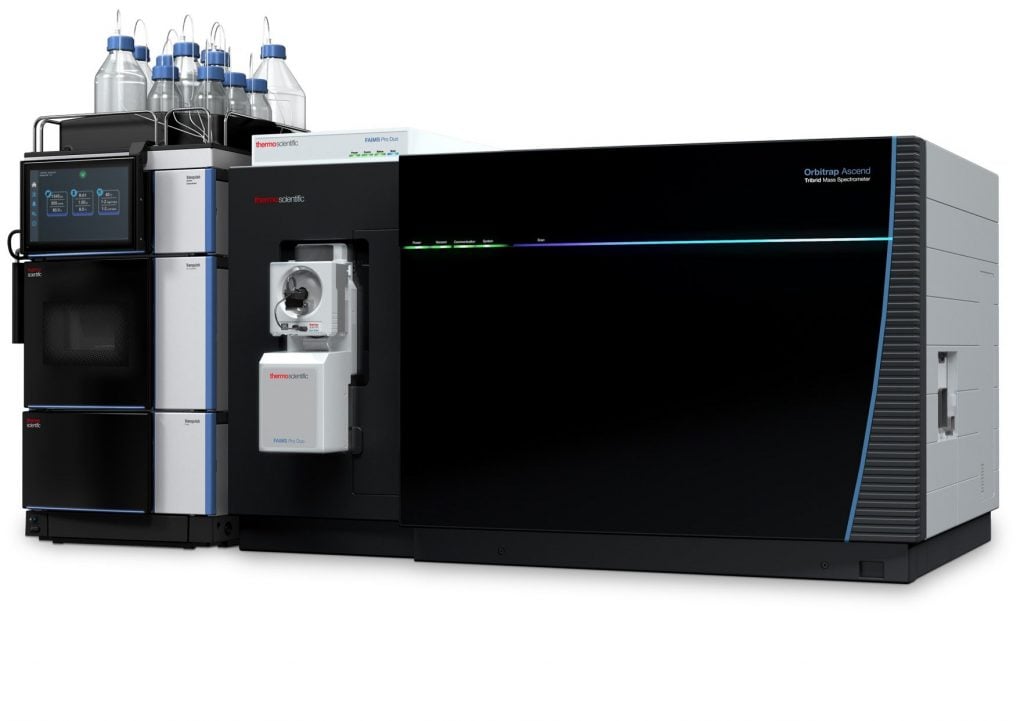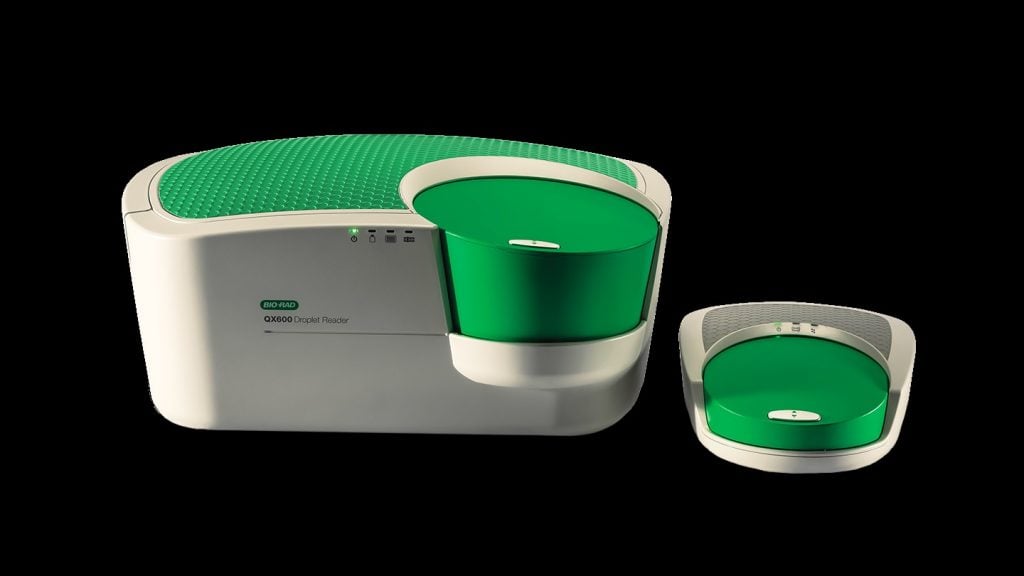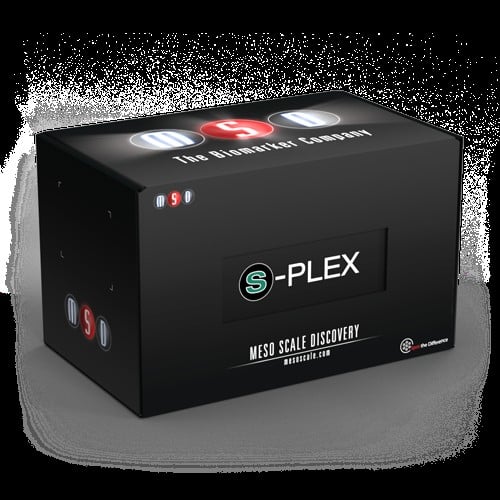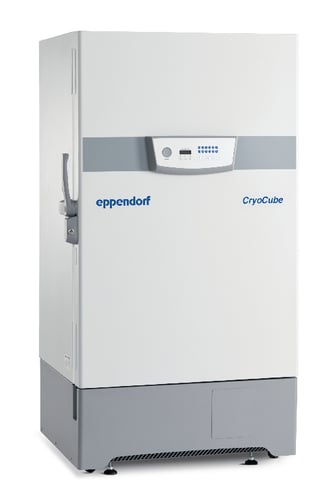In the arena of endocrine research, high-tech tools are the new power players.
In the ever-evolving landscape of endocrinology, the laboratory remains the engine of innovation. From uncovering new hormonal pathways to refining diagnostics and therapeutics, research labs are increasingly dependent on tools that offer speed, sensitivity, and scalability. In the complex environment of endocrine research, scientists are embracing next-generation tools to stay ahead of the game. Here, we’ll take a look at some of those recent advancements.
Orbitrap Ascend Tribrid Mass Spectrometer

Thermo Fisher’s Orbitrap platform brings unparalleled depth and speed to hormone and peptide analysis. With advanced real-time scanning and improved ion transmission, the Ascend is designed for high-sensitivity applications such as profiling low-abundance endocrine markers, identifying post-translational modifications on peptide hormones, and characterizing receptor-ligand interactions. Endocrinologists studying complex metabolic diseases or rare hormone disorders will benefit from enhanced clarity in the molecular fingerprint of circulating signals.
QX600 Droplet Digital PCR System

Droplet digital PCR has already transformed molecular quantification, and the QX600 system takes it further with six-color multiplexing. This opens new possibilities in endocrine oncology, genetic screening, and pathway analysis — allowing for simultaneous measurement of multiple hormone-related genes or mutations from a single sample. For applications like thyroid cancer mutation tracking or insulin gene regulation in diabetic models, the QX600 offers robust, reproducible quantification from even minimal or degraded samples.
S-PLEX Ultra-Sensitive Immunoassays

Designed to detect proteins in the femtogram-per-milliliter range, S-PLEX assays provide increased sensitivity for elusive endocrine biomarkers. A highlight includes low detection limits, enabling the measurement of analytes at lower concentrations and reducing required sample volume. Detecting low-abundance hormones or early biomarker shifts can be pivotal for both translational research and preclinical studies — especially in conditions like Cushing’s disease or neuroendocrine tumors.
Seahorse XF Pro Analyzer

Cellular metabolism is at the heart of endocrine physiology — and dysfunction. The updated XF Pro Analyzer enables dynamic measurement of oxygen consumption and extracellular acidification in real time. It’s a powerful asset for research into insulin resistance, thyroid hormone activity, mitochondrial function, and metabolic adaptation. In studying the metabolic impact of hormonal signals or testing the efficacy of new therapeutics, the Seahorse system helps dissect the cellular bioenergetic profile with precision.
CryoCube F740 ULT Freezer

Proper storage remains foundational to any lab’s success. The CryoCube F740 combines ultra-low temperature performance with smart monitoring and energy efficiency. A cloud-based interface allows researchers to track sample integrity remotely — an increasingly critical need for 24/7 operations. Whether preserving plasma for steroid panels or safeguarding rare tissue biopsies, this freezer ensures long-term sample stability with minimal risk of temperature excursions.
For research endocrinologists, staying abreast of the latest tools isn’t just about improving lab productivity — it’s about accelerating the path from bench to bedside — and advancing on the frontlines of the fight against endocrine disease.

